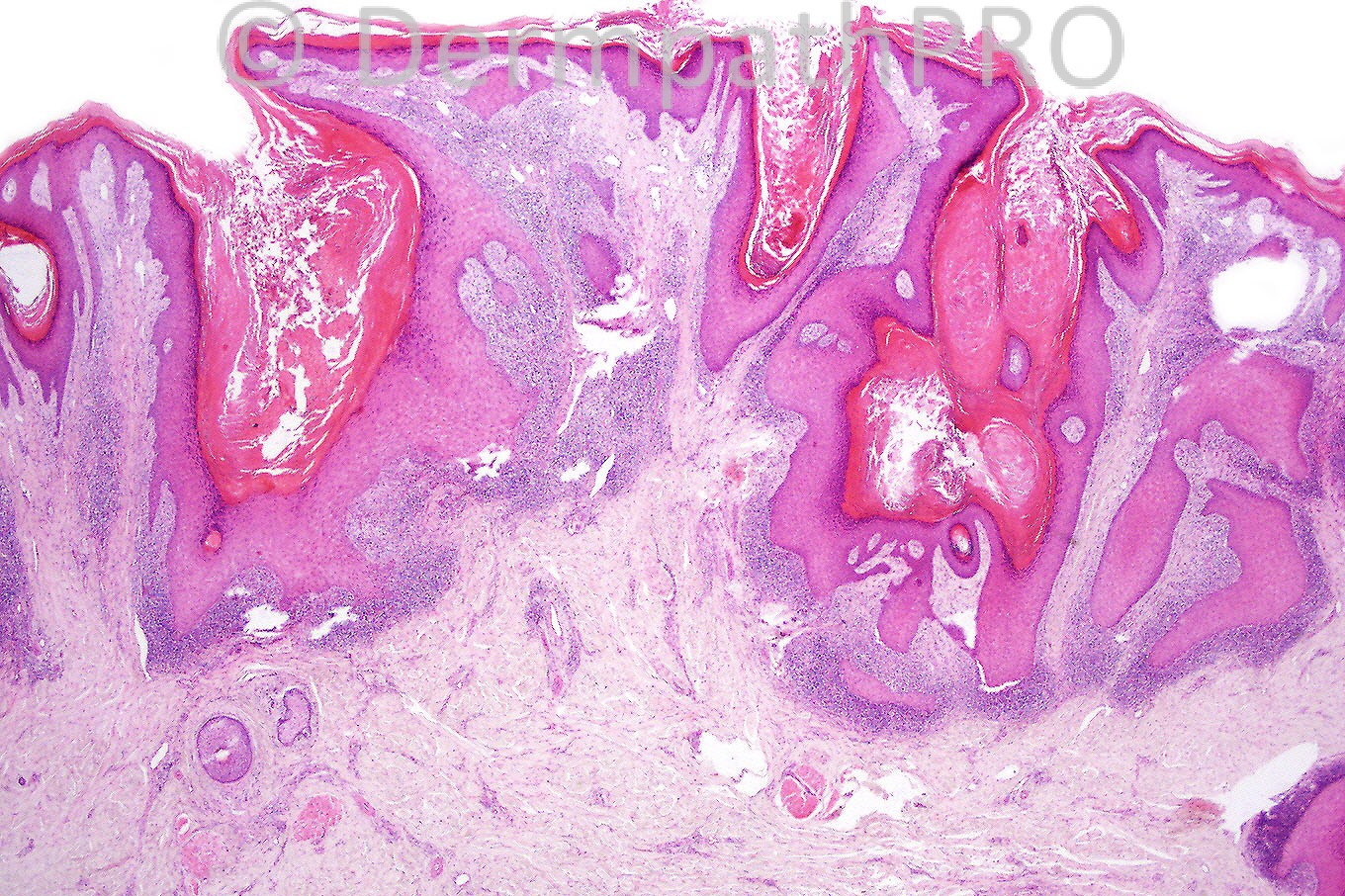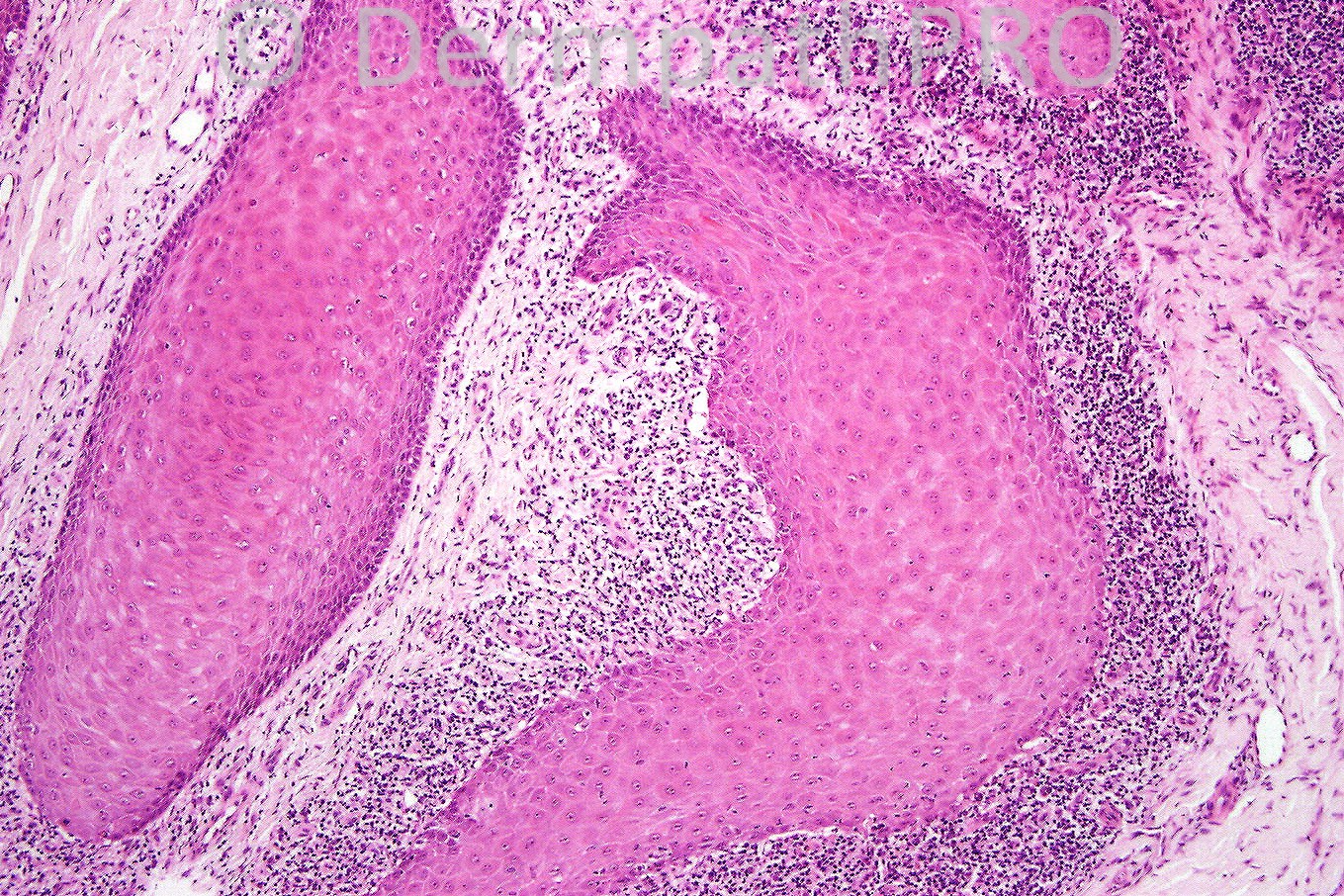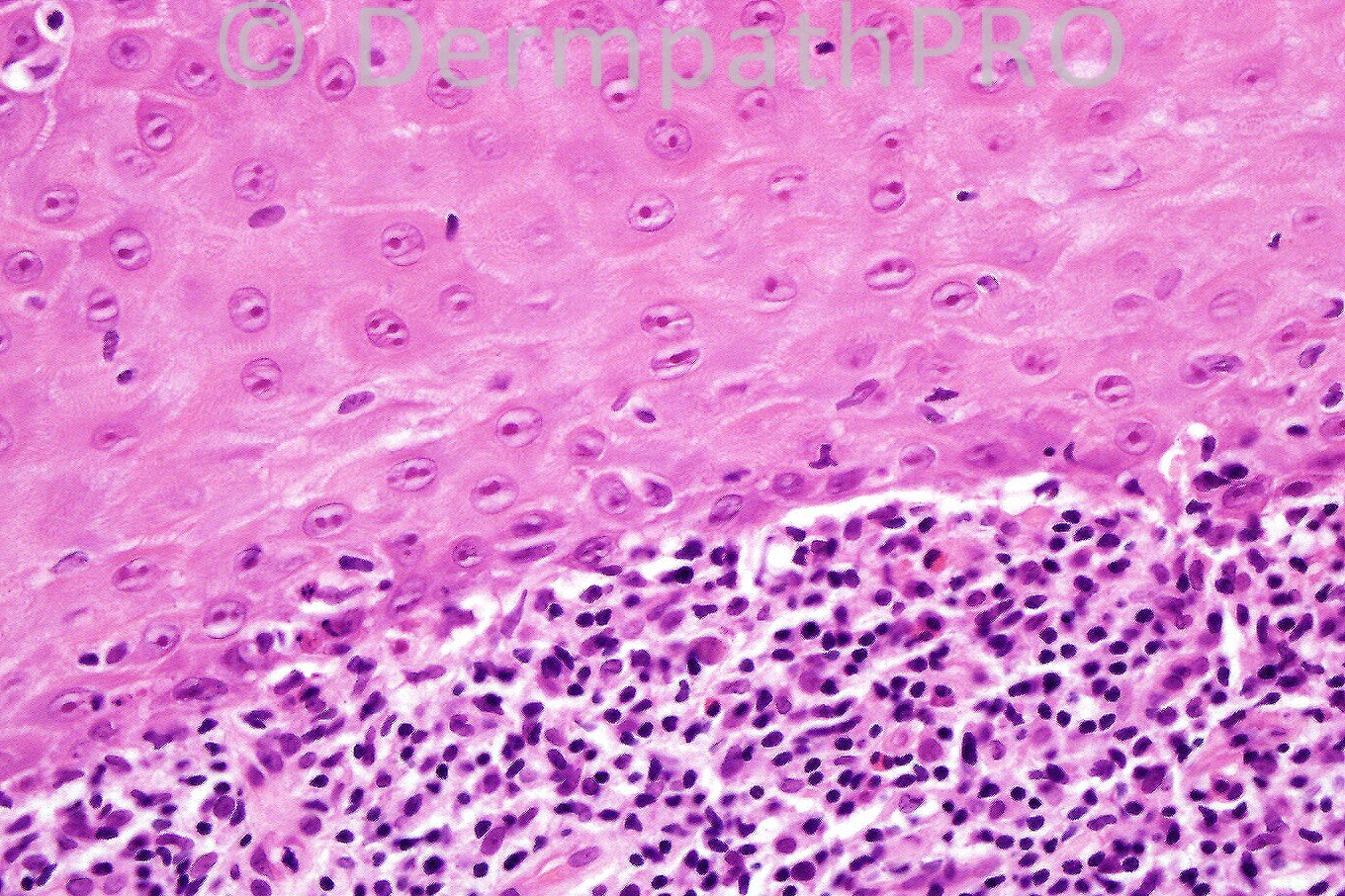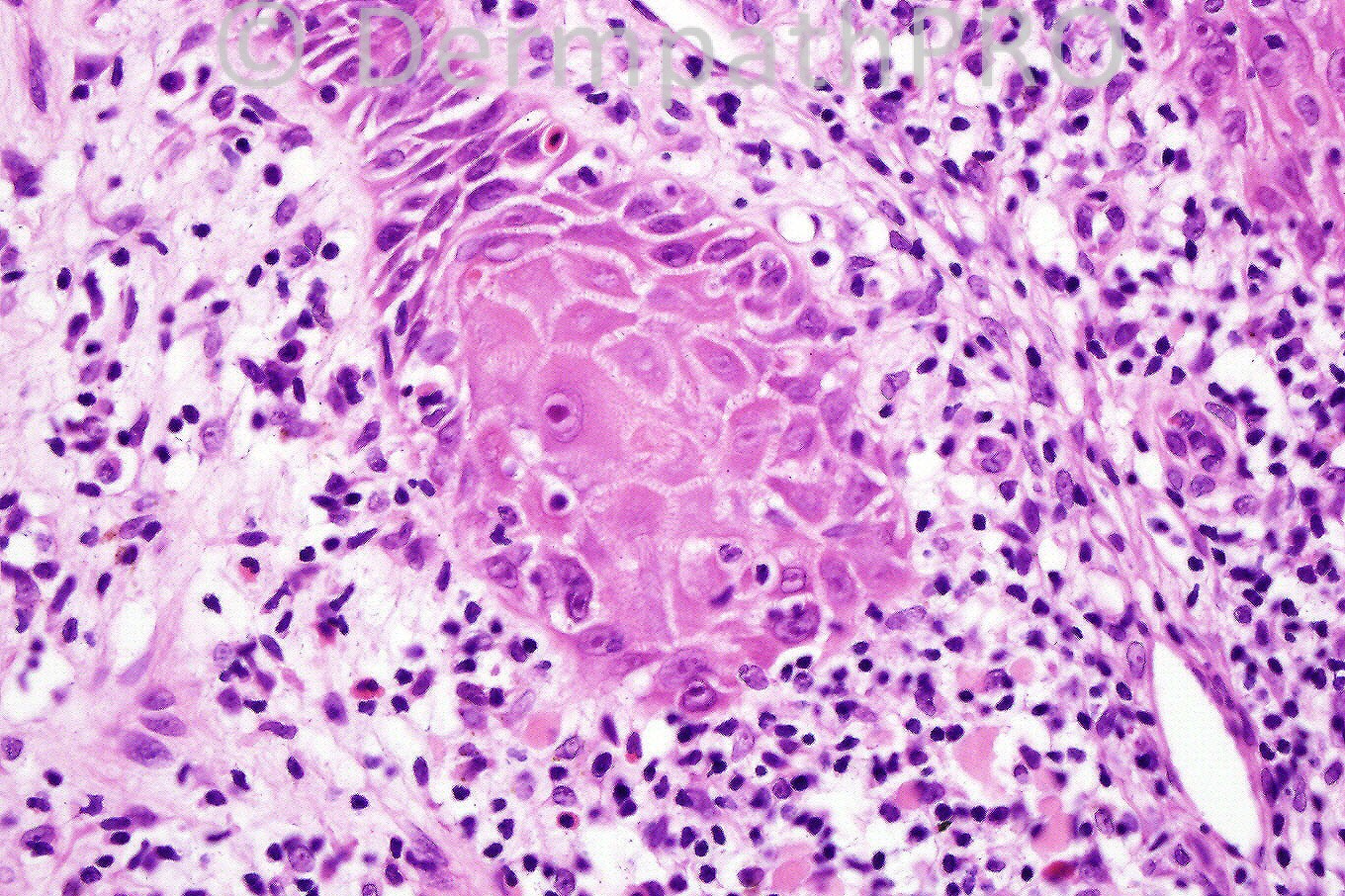Case Number : Case 641 - 22 Nov Posted By: Guest
Please read the clinical history and view the images by clicking on them before you proffer your diagnosis.
Submitted Date :
Female 44 years with scaly plaques on the knees.





User Feedback